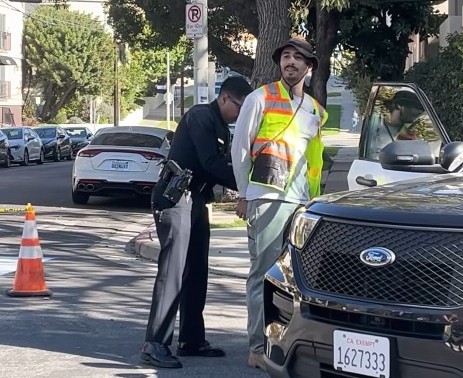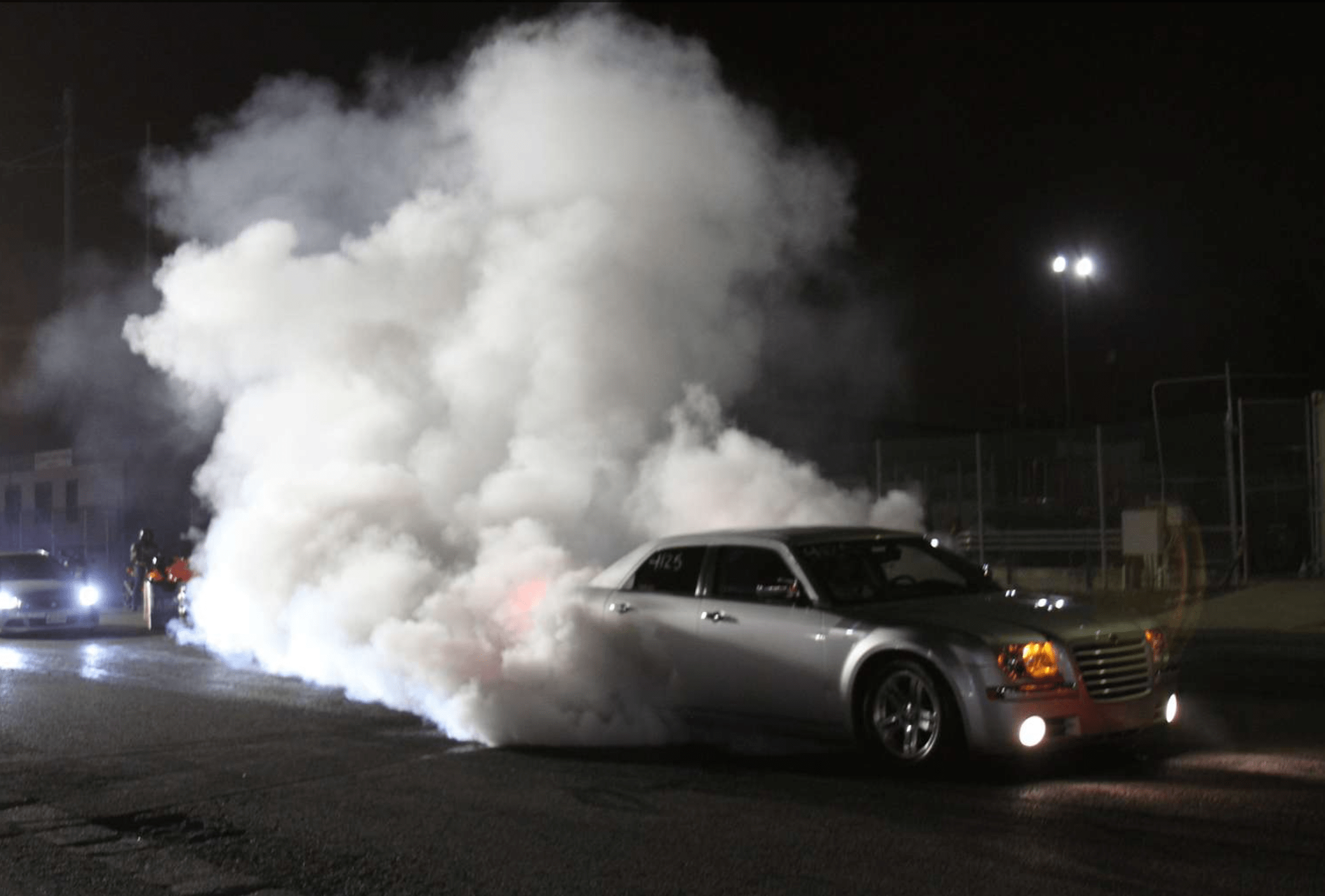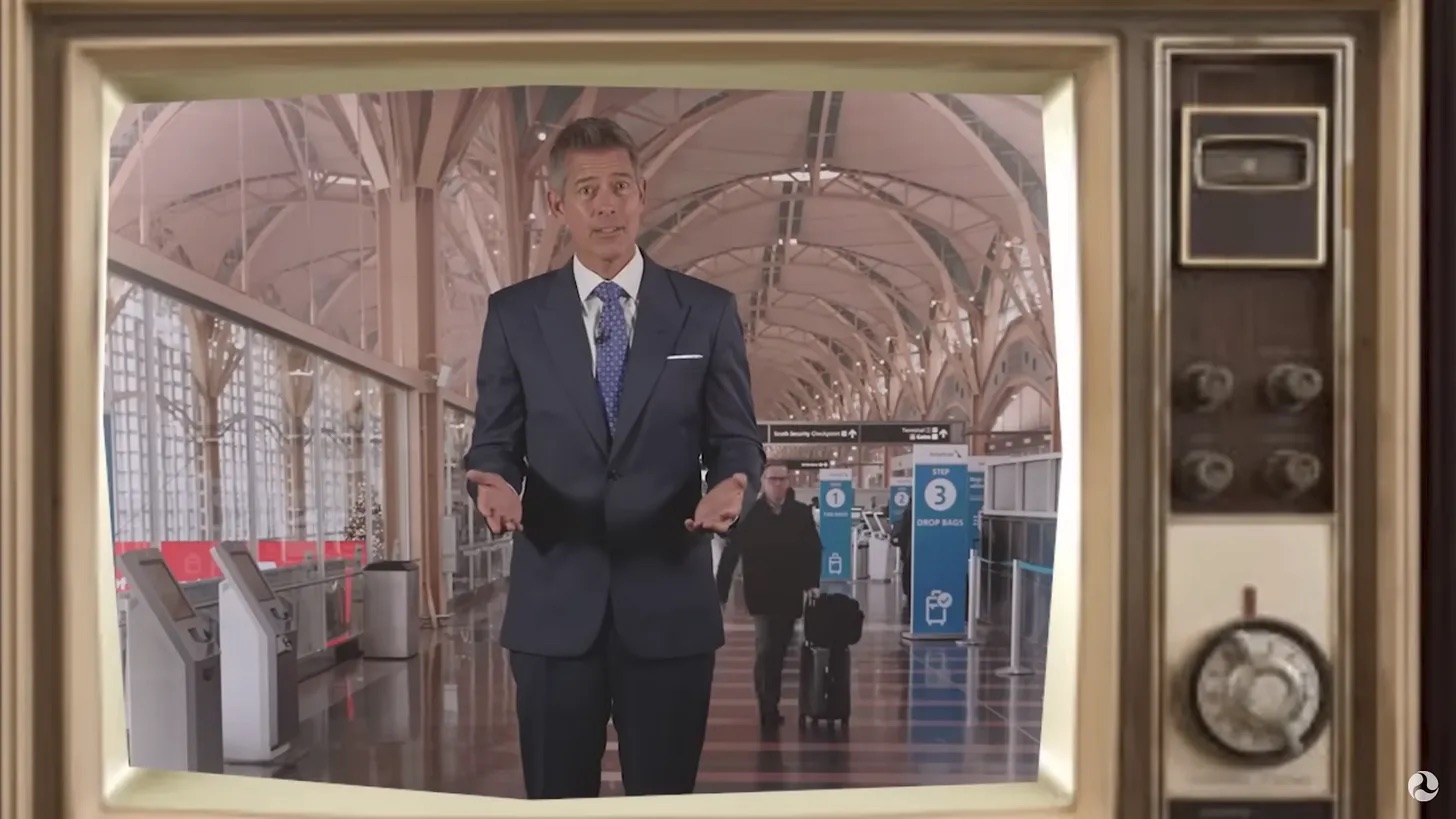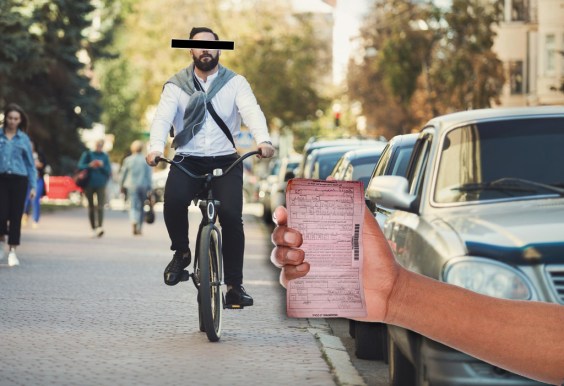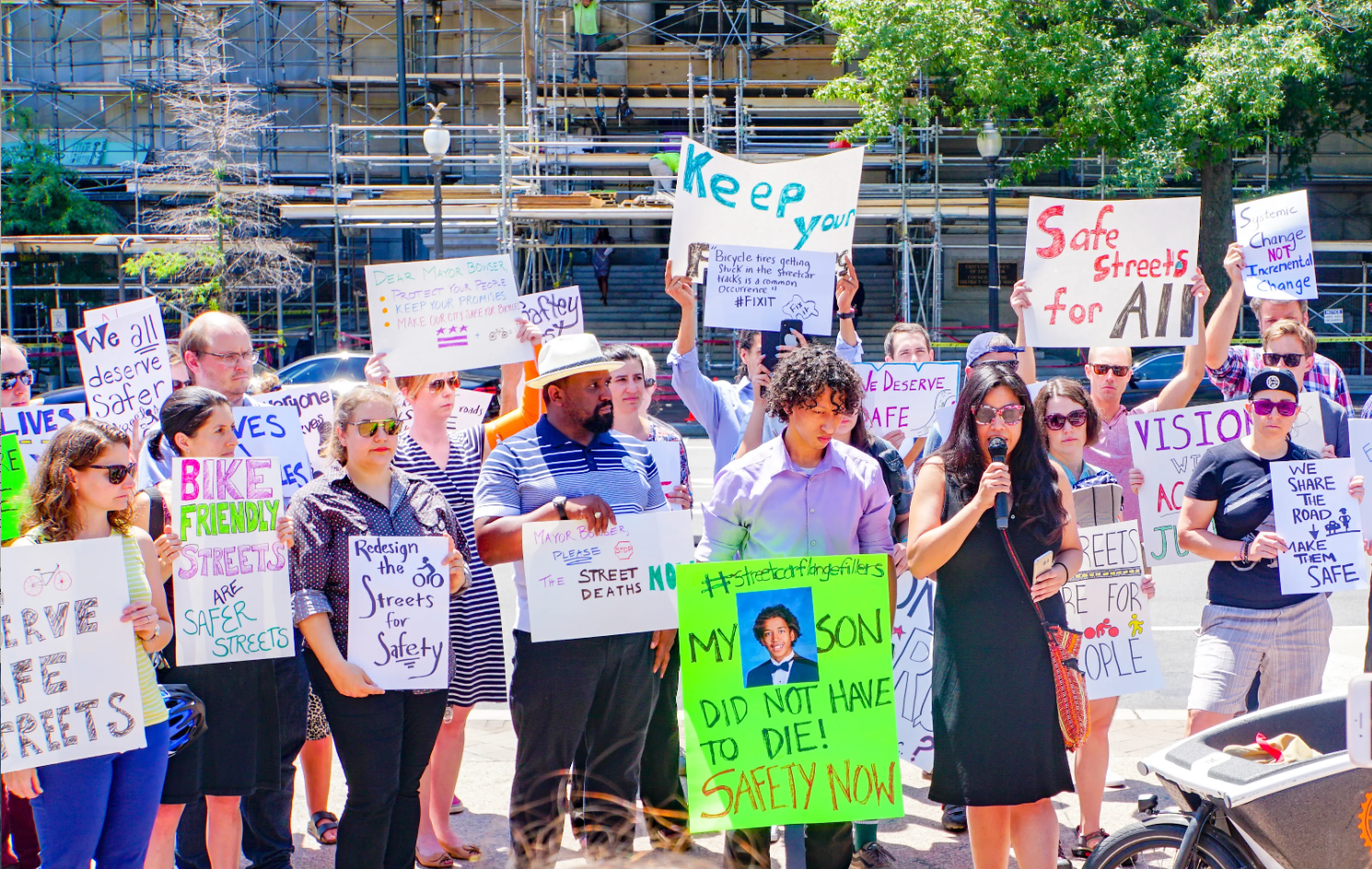Drivers who strike pedestrians are more likely to live in wealthier, whiter suburbs than the people they harm, one Milwaukee study found — raising the question of whether that trend would hold if researchers were able to analyze similar crashes at a nation scale.
In a surprisingly rare analysis of who's behind the wheel in crashes that hurt walkers, researchers at the University of Wisconsin manually pored over more than 335 collisions in Cream City to better understand trends in age, sex, race, and other key demographics of everyone involved.
Perhaps unsurprisingly, pedestrians were mostly likely to be struck by drivers who were also their neighbors — but when those drivers weren't neighbors, researchers found that "drivers from higher-income tracts are more likely to crash into pedestrians from lower-income tracts than the reverse." And since race is tightly correlated with income in Milwaukee's highly segregated landscape, that also meant that white drivers were more likely to kill Black walkers.
Even in less-segregated places, though, the researchers say cities could gain valuable insights into how to save pedestrian lives by looking more closely at the drivers involved — at least if they've actually collected data on those motorists, which many of them haven't.
"Milwaukee is infamous for its segregation, … but we aren't only talking about Milwaukee," said Xiaohan Gu, now a postdoctoral researcher at Pennsylvania State University and a co-author of the paper. "A lot of the cities in the U.S. are like Milwaukee: not pedestrian-friendly; not public transit-friendly; not cyclist-friendly. A lot of the cities in the U.S. are very, very car-centric."
Gu explained that because police don't always collect or make public demographic data on the drivers involved in collisions, her team's sample represented only a fraction of all pedestrian-involved crashes on Milwaukee roads.
Like many states, Wisconsin doesn't collect any data on the race of drivers they pull over, meaning the U of W researchers could only confirm the predominant race, ethnicity, and income level of the census tract in which drivers lived, not the actual identity of the drivers themselves. Moreover, even states that do collect some demographic stats obviously can't always do so when drivers hit and run, which 23 percent of drivers who killed walkers do.
Gu argues that while there are valid reasons to hide the identity of individual motorists who kill, there's less reason to suppress aggregated information about all killer drivers — and that understanding trends can help save lives.
"It's less about burying the data, and more about the protection of the privacy of people who are involved in the crashes ... But I agree that we need to know who the drivers are. Unfortunately, we do not see a lot of the research on that end," she added.
Gu is careful to note that there may not be anything inherently more dangerous about white, moneyed motorists, and that her study did not analyze behavioral factors, such as the likelihood that a white driver will yield to a Black pedestrian. (Other studies have found that all drivers are less likely to hit the brakes when a walker is a person of color, though those results weren't disaggregated by the driver's race or ethnicity.)
Rather, she says the Milwaukee data reveals how past bad planning decisions have translated into disturbing traffic safety outcomes today — as well as big disparities in who's doing the killing and who's doing the dying.
Like many U.S. communities, dangerous, fast roads have long functioned as lines of segregation in Milwaukee, with generations of planners siting deadly highways and arterials straight through low-income BIPOC neighborhoods for the convenience of wealthier, white, suburban drivers, who pass through their neighborhoods on their way to work and entertainment districts downtown.
Gu says that when you add that together with high poverty rates that put vehicle ownership out of reach of many Black Milwaukeeans, plus an unreliable transit system that leaves many poor residents no choice but to walk, you end up with a city where marginalized people are more likely to be the victims of traffic violence — and conversely, white, wealthy people who can afford to drive and move out of neighborhoods with dangerous roads are more likely to be its perpetrators.
"We cannot assume a driver who runs into a pedestrian just has a murderous mind," added Gu. "It's the behavior, the design, and how things are arranged on a planning level — they all contribute to the situation."
If we can name who's actually killing pedestrians on U.S. roads, Gu suspects we can have a deeper conversation about how to stop the bloodshed, and reckon with the community design and economic factors that force most residents to depend on cars while leaving others no choice but to walk on dangerous roads. But she knows it won't be easy.
"If we really want to move in a direction where people to know that roads are safe for everybody, no matter whether you're driving, walking, or cycling," she added. "It requires a lot of work. But we would be really, really happy if some of those things could change."

